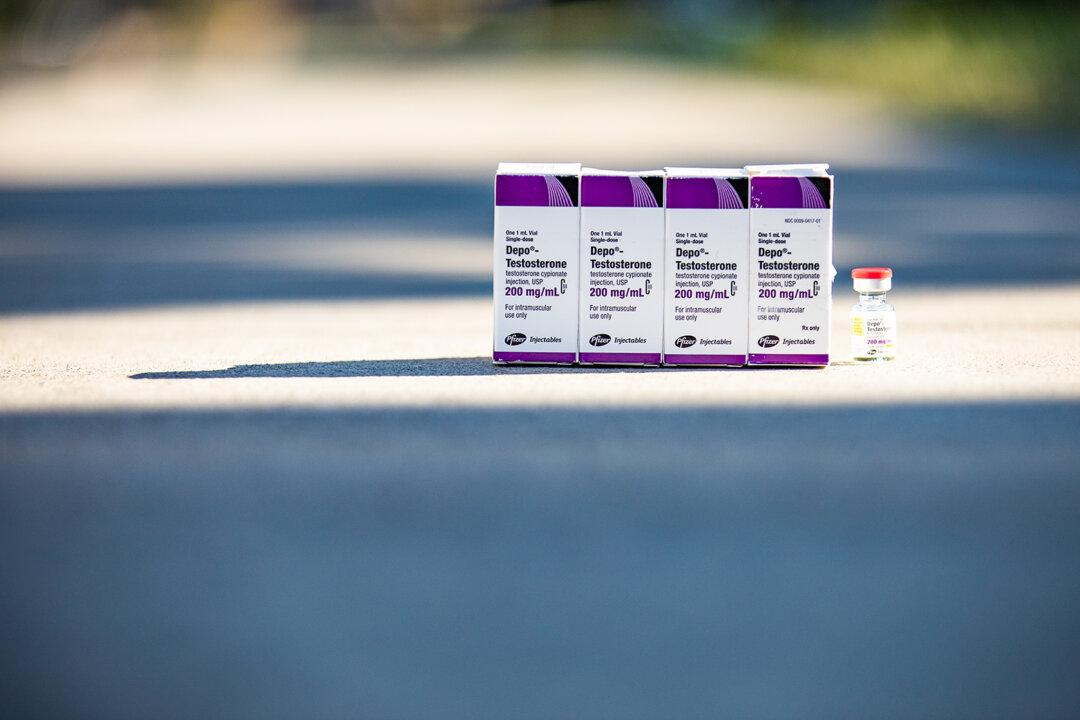Gender-transition surgeries can cost tens of thousands of dollars, depending on the procedure. Puberty blockers can cost about $4,800 annually, and feminizing hormone treatments combined can cost more than $3,000 annually per person.
The gender-reassignment surgery market was worth about US$701 million (C$970 million) globally in 2023, according to Polaris Market Research. Another estimate, by Grand View Research, puts it at US$2.1 billion in 2022 and projects it will reach US$5 billion by 2030.





